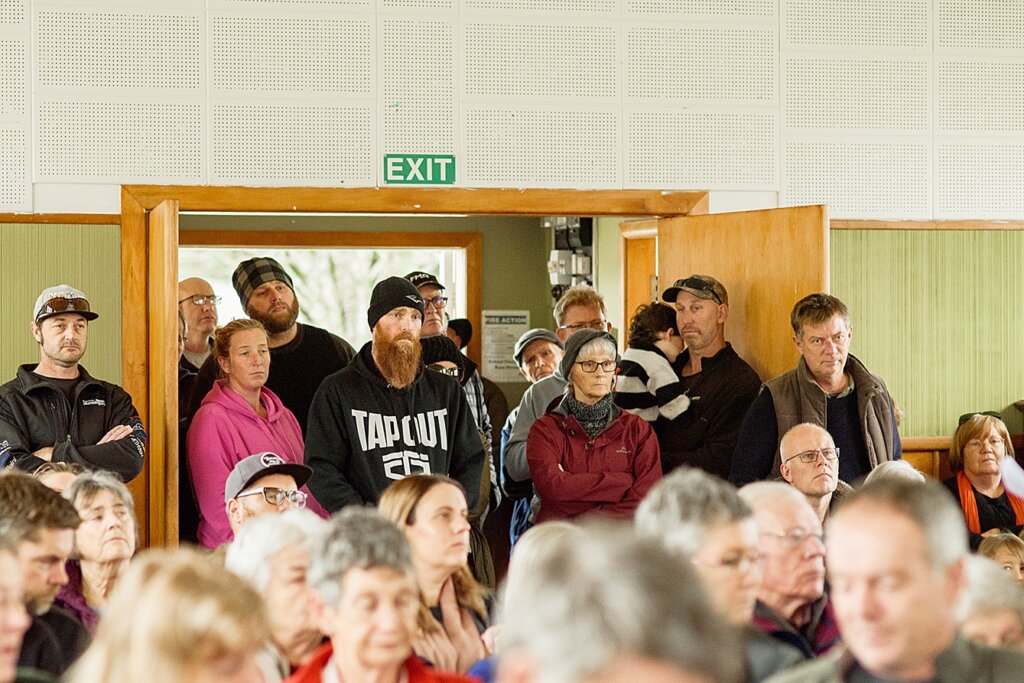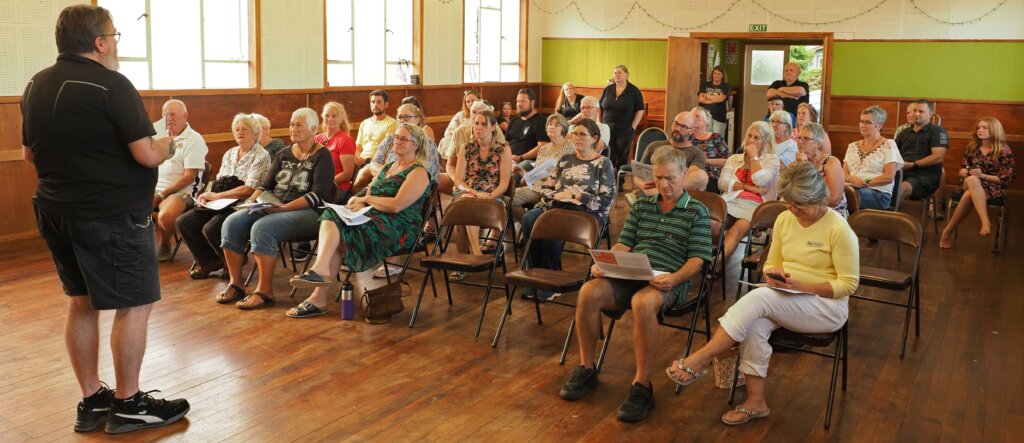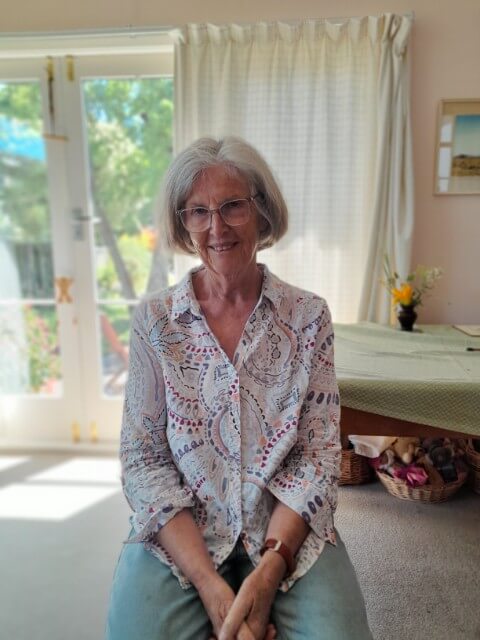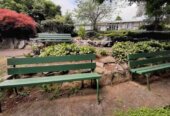Christchurch researcher Susan Turnbull has taken an interest in how communities respond when they learn they are about to get a cell tower. How to do you avoid them? How do you get more of them? “I can’t help much except by giving information as to how this stuff works, as fast as I can learn about it myself,” she says.
As a Pirongia lobby group faces a last ditch battle to convince Connexa and Spark to go out of town, she offers her take on the issue.
Susan Turnbull
In 2019 Pirongia was in the news for the sustained resistance of some residents to the installation of a second Spark cell tower.
They formed a Tower Action Group – Tag. The cell tower was not installed, not being needed at the time, in truth, except as future-proofing. The population of Pirongia is around 1300 people. The triad of towers on the lowest slopes of Mt Pirongia, Spark, One NZ (till recently Vodafone NZ) and Two degrees have hitherto served Pirongia.
The proposed site, while a petrol station/commercial section, is surrounded by homes, which will only increase in number. The primary school is a short walk away along Beechey Street. Children will go to school in the new radiofrequency radiation (RFR) environment, and go home to sleep in it.
No one yet knows much yet about the interaction of this constantly evolving RFR environment with lifespan wellness. We have moved into the telecom age of microwave radio frequencies, and there are well-documented historical cases from military and occupational sources, of harm from microwave deployment mistakes.
Now Pirongia is back in the news for the same issue, about the same service station site. In 2019 there was community consultation with telco Spark.
Those against the proposed site in the village demand the tower be away from homes as much as possible.
Future business planning had been in fact very busy indeed behind scenes, as the community has found out, with a raft of change in 2022 across the motu. All cell towers, except Rural Connectivity Groups’ [RCG] towers, have been sold.
There is a new world-model of deployment. We must understand now that each cell tower has two owners – on the one hand the owners of the “passive” tower which is the physical structure and infrastructures above and below ground, like cabinet and cabling, On the other hand there are the active assets – that you do not see. The radio frequency licence, the antennas, the leasing of spectrum.
The physical assets are sold, and then leased back by the company which has in part bought them. Standard business practice, on a large scale.

Residents gathered on July 14, 2019 to discuss plans for the cell tower.
So Pirongia residents got notice, pretty much after the fact – in December and January of course – from Connexa, the physical assets partner in the Pirongia tower installation. Connexa takes over the engagement officer role, but engages by email and after the fact.
The information to residents is soothing in tone and in my view full of omissions and incorrect statements.
Spark should have engaged again because the strategy and deployment rationale is Spark’s role, not Connexa’s. Spark is just hiding behind Connexa and pulling the wool.
Pirongia’s northernmost sports fields on the way north out of town are the best place for a new tower, seeing that Telcos spurn the road reserves these days. The north boundaries of the sports fields and their margin land, and proximity to streams make them appropriate and non-intrusive.
Tamatea on the northern end of Napier provides a good template for how this can work.
People must bravely explain to Connexa that it is not the right avenue for hearing protests about strategy, policy and about deployment decisions. People must go off and knock on Spark’s door.
The Tower Action Group are doing the right thing for Pirongia, Spark must stop pretending it is not responsible. The cheapest option so often brings bad consequences in its train.

Cr Clare St Pierre, front right, and Te Awamutu-Kihikihi Community Board member Sally Whitaker, front fourth left, listen as Pirongia residents hear about the cellphone tower. Photo: Nick Empson.









